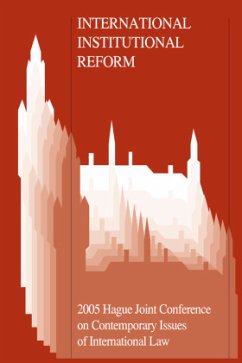
100 Questions and Answers About Police Officers, Sheriff's Deputies, Public Safety Officers and Tribal Police
Versandkostenfrei!
Versandfertig in 1-2 Wochen
16,99 €
inkl. MwSt.

PAYBACK Punkte
8 °P sammeln!
100 Questions and Answers About Police Officers is part of the Michigan State University School of Journalism series on cultural competence. This guide has sections on Training and Certification, special assignments, police culture, use of force, community policing, police jargon and police funeral etiquette. The guide is written for those who want quick answers to basic, introductory questions about police, sheriff's deputies and public safety officers. Questions include: Why do people become police officers? What are the personal rewards of police work? How dangerous is police work? How does...
100 Questions and Answers About Police Officers is part of the Michigan State University School of Journalism series on cultural competence. This guide has sections on Training and Certification, special assignments, police culture, use of force, community policing, police jargon and police funeral etiquette. The guide is written for those who want quick answers to basic, introductory questions about police, sheriff's deputies and public safety officers. Questions include: Why do people become police officers? What are the personal rewards of police work? How dangerous is police work? How does police work affect families? How much formal education is required? What does police academy training include? How does police academy training prepare police for real-life situations? Is training different for men and women? What training happens after the academy? What are certification programs for police? What are ranks for police officers? Do most officers start out with road duty? What is the dispatcher's relationship with police? Is everyone who works for the police department an officer? What physical assessments do officers have to pass? Are there also psychological assessments? How are promotions decided?












